|
|
|
Clark County Press, Neillsville, WI May 22, 1996, Page 32 Transcribed by Dolores (Mohr) Kenyon. Index of "Oldies" Articles |
|
|
|
Clark County Press, Neillsville, WI May 22, 1996, Page 32 Transcribed by Dolores (Mohr) Kenyon. Index of "Oldies" Articles |
Good Old Days
Save Our Barns in Wisconsin!
By Dee Zimmerman
Wisconsin’s barns and other agricultural buildings are being threatened by lack of use and lack of financial resources.
The Wisconsin Barn Preservation Program was developed through the efforts of the State Historical Society of
Wisconsin, U. W. of Madison Extension and Wisconsin Trust for Historic Preservation. Initiation of the program has made progress in drawing attention to the need to save the fast disappearance of farm buildings within our state, a vital part of our history.
The latter part of the nineteenth century and early twentieth century was an era of great farm development within our county and state. Once the land was cleared of timber, the acreage was tilled for farming.
The Homestead Act of 1862 opened up our lands for settlement and the family farms began developing in our state. Starting in the southern and eastern portions, the homesteading gradually moved northward. The family farm became the economic unit of agriculture and the leading industry. The farms were generally small, 40, 60 or 80 acres but very diversified units. The crops consisted of hay, grain and corn, feed for the livestock and possibly some for cash crop. A large garden and some poultry raised on the farm supplied food for the family. The family worked together providing the necessary labor and management to operate the farm – thus the name “family farm”.
Farming was the leading industry during the early 1900’s, the era of the family farm. Admirable work ethics were learned as each member had the responsibility of his or her chores and the decision-making that went with their duties. Those ethics provided a strong labor force for our country when young people left the farm to pursue other employment.
As agriculture became more mechanized and specialized, many other changes took place, too. Horses, eventually, weren’t needed and disappeared from the farms. Laying hens and fryer chickens went to specialized farms, no longer to be found on every farm. The diary herds grew and the need for more farmland increased with it. Adjoining farms were purchased to make up larger farms. Houses on the former small farmsteads were marketable, to be sold to those who preferred “country living”. Usually, a few acres that held the house and farm buildings made up the sale. In most situations, the barns became vacant and unused, deteriorating.
The barns of our area have been an important part of our culture and history. Those of us who grew up on a farm can remember the necessity of a good barn in a farming operation.
(“Save Our Barns in Wisconsin” is to be continued in next week’s Oldies column.)
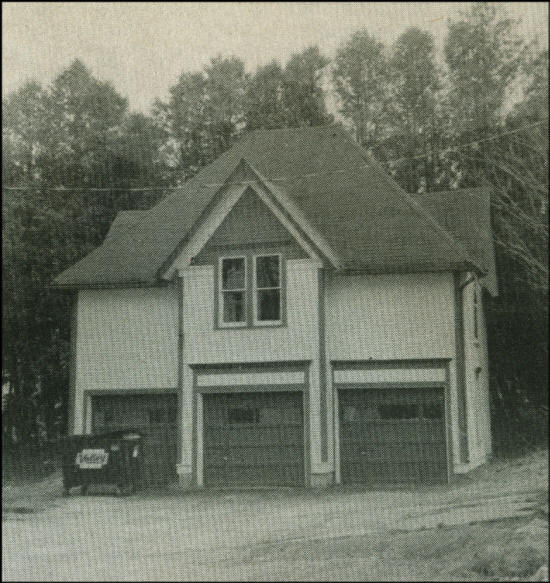 |
The Cornelius block of the late 1800’s displayed a large three story house with wrap-around porch on three sides and this carriage house in the back yard. The Carriage house was of square design with a four gabled roof. The upper level provided living quarters for the carriage driver and caretaker, while the lower level served as a stable for the horses.
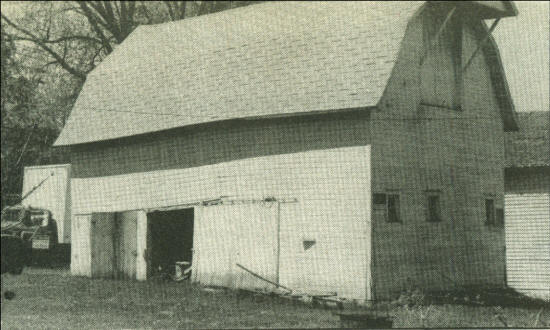 |
A Dutch Gambrel roof graces this 302 Grand Avenue barn. The roof has three pitches on each side with the lower pitch having a narrow flare out at the eaves. It also has a roof extension that supports the hayfork track, designed that the hay loads could be more easily raised to the loft.
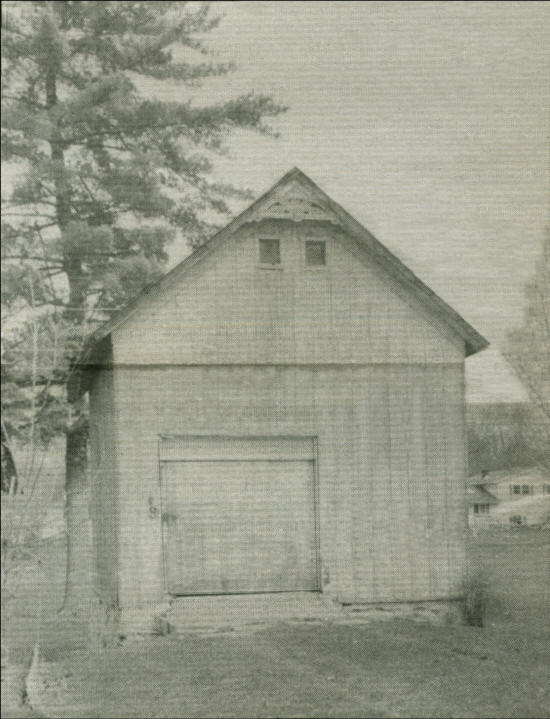 |
This gable roofed barn has a touch of the Victorian décor at its peak, dating its beginning. The lower stable area is of field stone and mortar construction with the bank barn hay mow drive-in door. It is located along Grand Avenue.
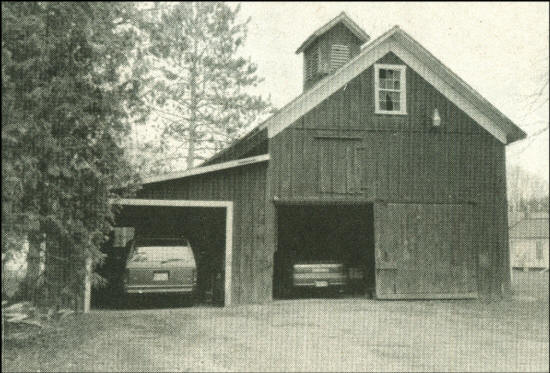 |
A late 1800’s barn, located at 1201 Grand Avenue, is of the gable roof design with a lean-to on one side. The lean-tos were often added for a stove-wood shelter or carriage cover. A wood louvered cupola was added to the top of the roof when the barn was constructed. A small hay mow door is also in view above the large slide door entrance.
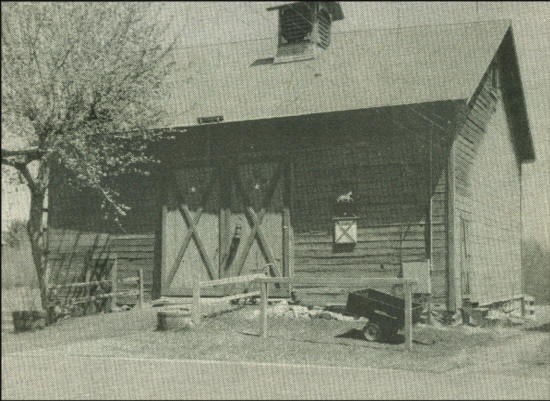 |
Neillsville’s northeast side has a barn that is still being used as a horse barn. The former Lloyd estate was built up in 1895. The gable roofed barn has the field stone mortared walls for lower level build along a bank, allowing ground level approach into the threshing floor or hay mow floor. It also has the wooden gable-roofed cupola at the top with a weather vane and lightning rods.
Reader's Responses
I just loved this latest edition of Good Old Days as I have such great memories of the old barn at my Aunt Gerry's and Uncle Tony Schuh's farm west of Colby!
Unfortunately the barn went down in the 1970's I believe in a bad storm but it had probably stood for nearly a hundred years, built without a nail!
I remember playin' in the hay mow, helping with haying to put the hay bales on the wagon as well as in the hay mow, helping with milking, what great memories!
|
© Every submission is protected by the Digital Millennium Copyright Act of 1998.
Show your appreciation of this freely provided information by not copying it to any other site without our permission.
Become a Clark County History Buff
|
|
A site created and
maintained by the Clark County History Buffs
Webmasters: Leon Konieczny, Tanya Paschke, Janet & Stan Schwarze, James W. Sternitzky,
|